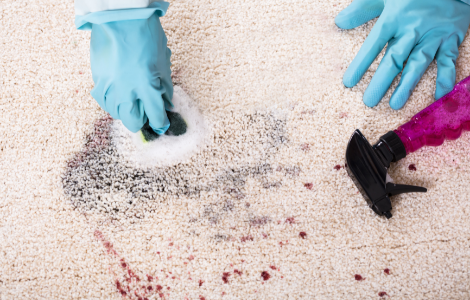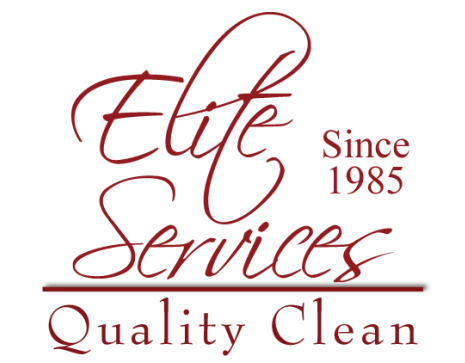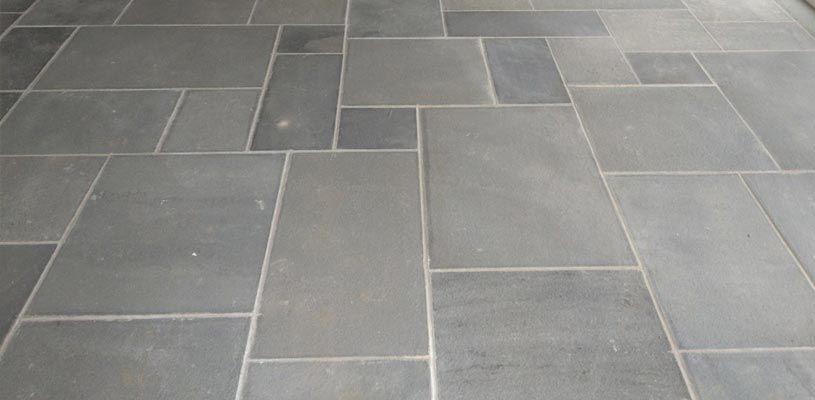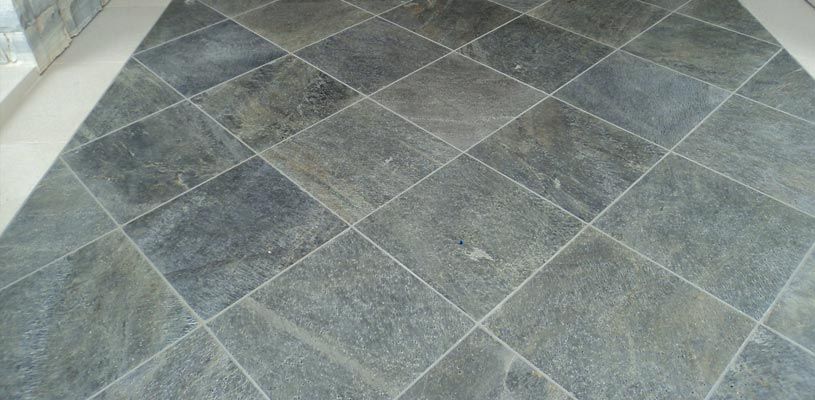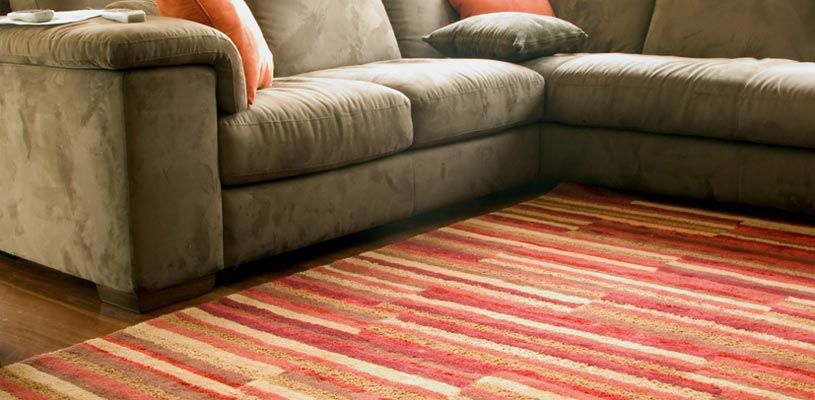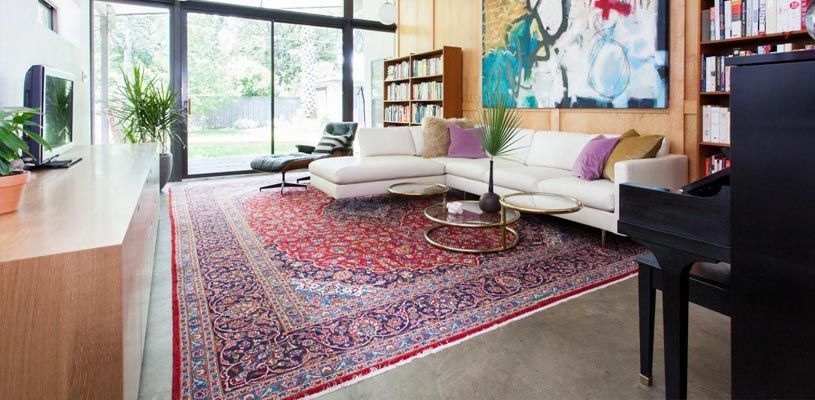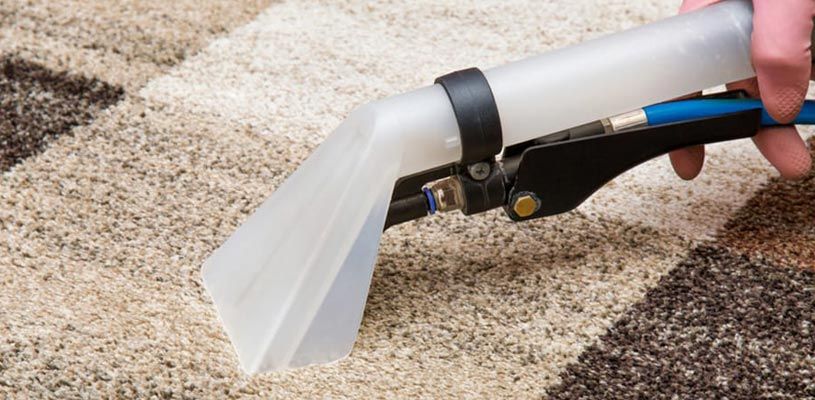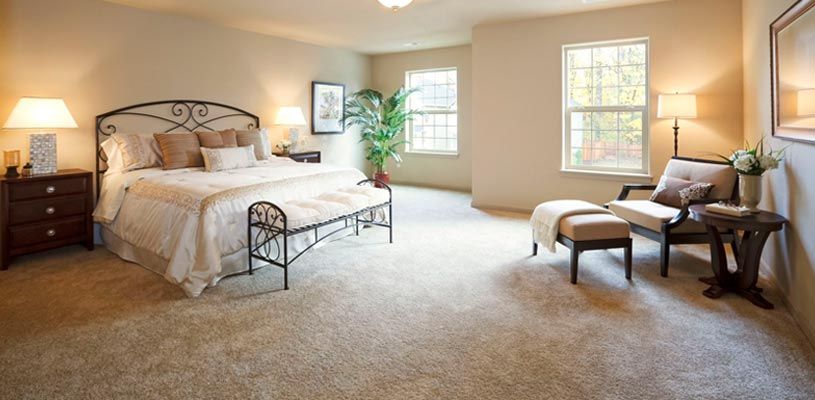Suede! Maybe…
One of the most common types of fabrics that we see in the cleaning industry is “suede”. In modern times the term suede has become synonymous with any fabric that has a suede-like feel to the touch. But not every one of the fabrics that is set to a suede finish or feel is real suede. Genuine suede is actually a type of leather known as nubuck leather. This leather is then put through the “split grain” process which reveals a rough texture. After the “split grain” process is done the sections of leather are then sanded down to the desired finish, creating the feel of suede. Yet, as we all know, just because something bears the look and the feel, and the characteristics of a particular thing doesn’t necessarily mean it is what it appears to be. Sometimes when someone refers to owning a piece of suede furniture said piece of furniture is really microfiber. Microfiber is made identical to suede in every fashion except for the fact that it is a synthetic fiber and not natural leather. This also means there are different cleaning measures that need to be taken to clean each separate piece of furniture.
In order to clean natural suede or nubuck leather, you will need a gallon of distilled water to mix your chemicals with, product-specific nubuck or natural suede cleaner, a horsehair brush for agitation during cleaning, a stiff copper brush for purposes after the cleaning, and some white terry cloth towels. You begin by mixing the nubuck cleaner as directed into the distilled water. Once mixed take the horsehair brush and or a kitchen whisk and whip the cleaner and water solution together to create a nice layer of foam. You then use a dry towel and scoop the foam off of the top of the water line and wipe down the piece of upholstery being cleaned, immediately after wiping a section down with the foam follow it by wiping it down again with a dry towel to wipe up any suspended soil. Then let the piece dry and if desired results are not achieved restart the process. For real suede and nubuck leather, we do not recommend going outside these procedures because of the sensitivity to permanent staining that the leather it is made from could have. There are other options available to professionals, but they are also best utilized in a controlled environment such as a business’s shop.
The single most commonly mistaken fiber for suede is microfiber. Microfiber or microsuede is a material made of a blend of nylon, polyester, and polyamide. The material is then split chemically with either a hot dye bath or a bleach wash with other alkaline chemicals. Once split, dried, and cured the material should then have the soft feel of suede with the even softer feel of synthetic fibers that are less than 1/16th the width of a human hair and individually weigh less than 1 denier. Cleaning processes at home for these fabrics are highly dependent on the exact makeup of the microfiber. If it is a standard polyester and nylon blend, then it should be chemically resistant up to about 11Ph. Any higher than this and it will lose the fluorochemicals and acid dye resistors placed there by the factory, as well as potentially lose its dye stability and could bleach out in areas treated with chemicals over an 11ph. Start by vacuuming all or as much dry soil particulate matter as possible. After this, we recommend a thorough hand scrubbing of the entire piece with fast-drying upholstery shampoo. After being wiped down with shampoo follow it with a dry hand towel to remove any suspended soil that was released by the shampoo, then let the piece dry. If the desired results aren’t reached but the improvement has been made, then continue repeating the process until the desired result is achieved.
Once the desired cleaning level is reached you then make use of the copper brush to set the pile of the fiber so that it runs in a waterfall type pattern. In other words, all knaps or grain to the microfiber will need to be brushed in a direction as if water were rolling off of it in a downward motion. Once the pile is set the job is done. For troublesome spots on upholstery rubbing, alcohol and a white towel are your best friends in a home. Most household spills and stains are water-soluble, the vast majority of spills and stains that aren’t water-soluble are solvent-soluble making rubbing alcohol one of the most effective specialty spotters in almost every home in America. Simply apply some alcohol to a white towel and dab the alcohol wet towel on top of the troublesome stains, after a few dabs check the towel to see if there is any color transfer from the stain to the towel. If so, the stain will likely come out. If not, you will need a professional to have a chance at removing it.

